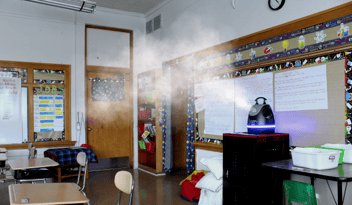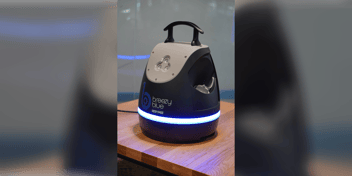
Automation: A Solution to Workforce Shortages
How often are you putting the same job posting back up on Indeed, ZipRecruiter, LinkedIn, and every other recruitment site under the sun? Some positions are getting harder to fill and naturally have high turnover rates as people transfer into higher roles. As some jobs become less desirable and seemingly impossible to fill, robotics and automation may be the solution that keeps businesses running.
The Custodian Shortage and Its Consequences
Workforce shortages are prevalent in many industries, such as retail, education, and more. Custodians and janitors are needed everywhere; they are essential workers. Their work is a requirement for every public space, so a shortage of them will impact almost every industry. According to the US Bureau of Labor Statistics, approximately 314,000 openings for janitors are projected each year from 2020 to 2030. Many of these will likely remain unfilled, especially positions for school janitors.
While some employers can recruit custodians with higher pay and better benefits, schools lack the funds to do this. Along with health/safety concerns and frustrations over longstanding pay gaps and inequities, it’s no surprise that schools are struggling to hire custodians, bus drivers, and more (Education Week, 2021). Leaving these positions unfilled means more work for the few custodians who are there. Overburdening current workers can lead to turnover and an even greater need for more hires. In addition, inadequate infection prevention and control is a common consequence of staffing shortages, according to the American Journal of Infection Control. This means that understaffed custodial teams are more likely to get sick, and everyone else in the building is at that same risk.
Is Automation the Solution?
People have long worried about technology and robots taking their jobs, and that is a valid concern. However, what do we do now that certain jobs are going unfilled? Many places cannot simply wait for all these positions to get filled. They need an immediate and efficient solution, and robotics fits the bill.
By automating certain tasks, such as disinfection, the workload of an understaffed custodial team is reduced, so they can perform their work more efficiently. The job needs to be filled - and it just might be a robot that saves the day.
In the case of Breezy One and Breezy Blue, Build With Robots’ disinfecting robots, they were not designed to replace workers. The goal has always been to ease the workload of janitors and custodians, especially during flu seasons and COVID-19 surges. Now that disinfecting is much more normalized and needed on a daily basis, custodians have had their work cut out for them. By making this tedious task simpler and much quicker, these workers can gain a lot of their time back for other tasks. In some cases, this alleviates the pressure enough that unfilled positions become less noticeable and feel less empty. These robots are janitors’ tools, not replacements - but the impact can be huge, especially in understaffed teams.




